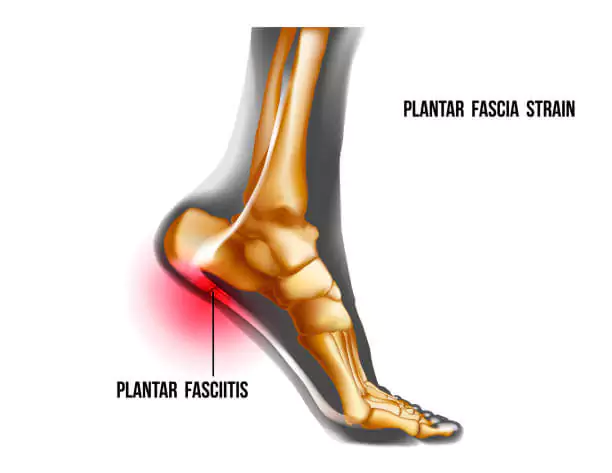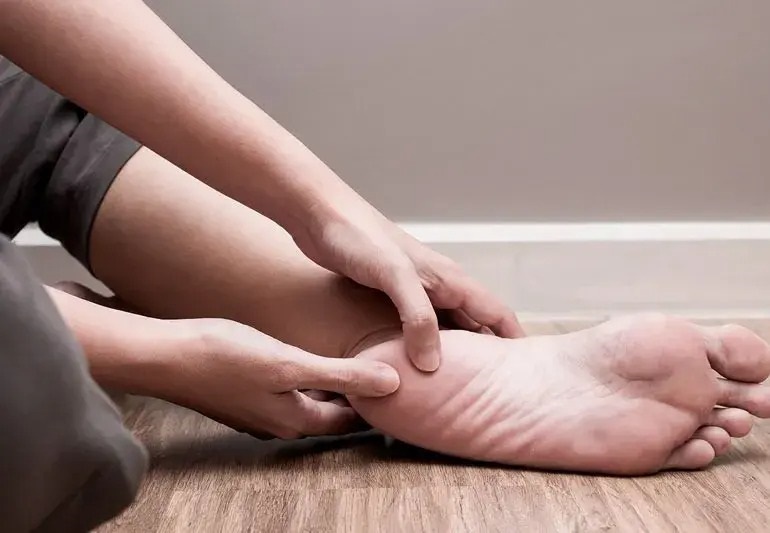Blog
How Ayurveda Can Be Used For The Treatment Of Plantar Fasciitis?
Plantar Fasciitis – Understanding, Preventing, and Treating the Painful Condition
Plantar Fasciitis is a common foot condition that causes intense pain and discomfort in the heel area. The thick band of tissue that links the heel bone to the toes, known as the plantar fascia, becomes irritated or stretched, which causes the condition. Here’s a comprehensive guide to help you understand, prevent, and treat this debilitating condition.

Causes:
- Overuse or repetitive strain: Activities that involve prolonged standing, walking, or running can put excessive stress on the plantar fascia, leading to inflammation.
- Foot mechanics: Abnormal foot arches, such as high arches or flat feet, can contribute to the development of Plantar Fasciitis.
- Age and weight: Middle-aged individuals and those who are overweight are more prone to this condition due to increased pressure on the feet.
- Improper footwear: Wearing shoes with poor arch support, inadequate cushioning, or improper fit can exacerbate the problem.
Symptoms:
- Heel pain: The most common symptom of Plantar Fasciitis is a sharp, stabbing pain in the heel, especially during the first steps in the morning or after prolonged periods of inactivity.
- Pain during activity: Pain may also worsen during prolonged standing, walking, or running.
- Stiffness: The affected foot may feel stiff and difficult to move, especially in the morning or after extended periods of rest.
- Swelling: Some individuals may experience mild swelling or redness in the heel area.
Prevention:
- Wear proper footwear: Opt for shoes with good arch support, cushioning, and shock absorption. Avoid high heels and flat-soled shoes without adequate support.
- Gradual exercise: If you plan to start a new exercise routine, particularly one involving high-impact activities, ensure a gradual increase in intensity and duration to avoid straining the plantar fascia.
- Maintain a healthy weight: Excess weight increases stress on your feet, so maintaining a healthy weight can help prevent Plantar Fasciitis.
- Stretch and strengthen: Regularly stretch and strengthen the calf and foot muscles to improve flexibility and reduce strain on the plantar fascia.
Remedies
- Hot and cold water compression: Plantar Fasciitis is a long-term problem. Ayurveda is the one and only way through which it can be managed in a proper way. Compression of the affected area with hot and cold water can help to reduce the inflammation and pain.
- Herbal Supplements like Yogaraj Guggulu, Shallaki, etc. are there to regenerate the damaged ligament by healing the tear of the same.
- Proper rest should be taken so that the pain gets reduced.
- Massage with oils like Dhanwantharam Thailam or Murivenna oil is recommended for the treatment of Plantar Fasciitis.
- Ayurvedic Treatment with a Panchadhatu Instrument accompanied by heat is also very beneficial to getting the desired results.




Pingback: How Ayurveda Can Be Used For The Treatment For ...